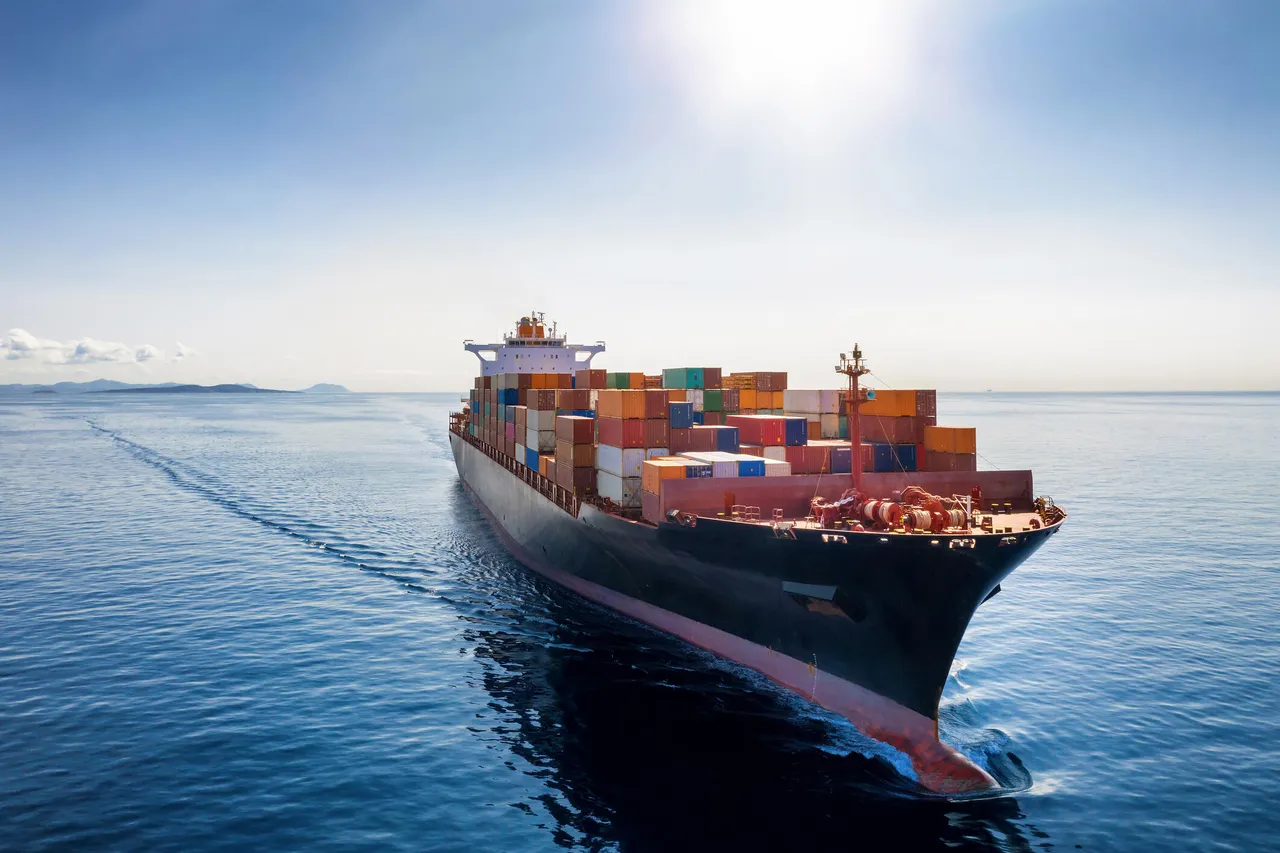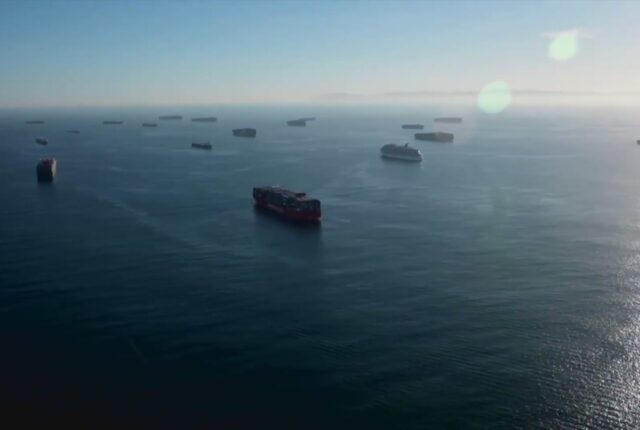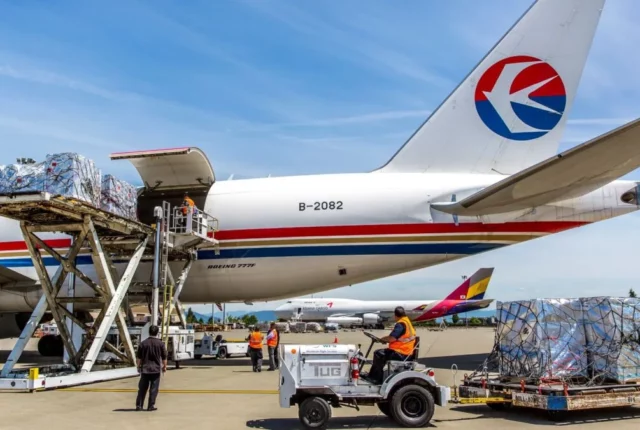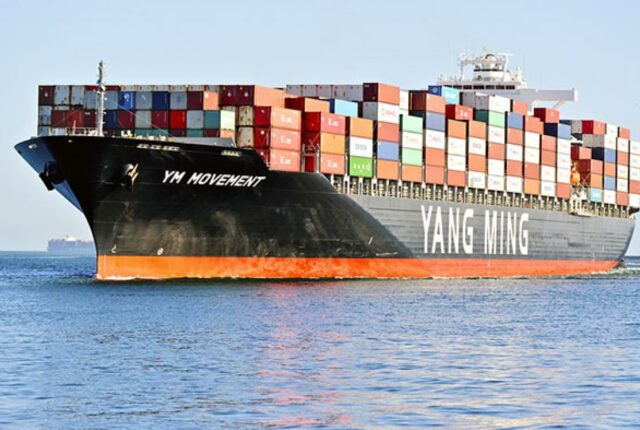
Sea Freight Security: Protecting Cargo on the High Seas
Ensuring the Safety of Cargo Shipments
In today’s global economy, sea freight plays a crucial role in the transportation of goods across vast distances. As millions of tons of cargo are transported on the high seas each year, ensuring the security of these shipments becomes paramount. Sea freight security aims to protect cargo from theft, damage, and other risks that can jeopardize its integrity. This article delves into the topic of sea freight security, highlighting the measures and technologies utilized to safeguard cargo throughout its journey. Shipping goods by sea offers numerous advantages, such as cost-effectiveness, large capacity, and access to global markets. However, it also presents unique challenges regarding cargo security. By implementing comprehensive security measures, companies can minimize risks and maintain the integrity of their shipments.
The Role of Maritime Security
Maritime security encompasses the measures taken to safeguard ships, ports, and cargo from various threats. It includes a range of practices, protocols, and technologies that work in harmony to protect sea-borne trade. Effective maritime security is crucial for maintaining the flow of international trade and ensuring the safety of goods transported by sea.
Understanding the Risks
Cargo transported by sea is vulnerable to several risks, including theft, piracy, terrorism, smuggling, and damage caused by accidents or extreme weather conditions. These risks can have significant financial implications for businesses and disrupt global supply chains. Therefore, it is essential to proactively address and mitigate these risks through robust security measures.
Preventive Measures for Sea Freight Security
To protect cargo on the high seas, various preventive measures are employed throughout the shipping process. These measures are designed to deter criminals, detect potential threats, and respond effectively in case of security breaches. Let’s explore some of the key preventive measures used in sea freight security:
1. Pre-shipment Security Checks
Before cargo is loaded onto a vessel, it undergoes a thorough pre-shipment security check. This includes verifying the contents of the cargo, confirming its legality, and conducting risk assessments to identify potential security vulnerabilities.
2. Container Security Devices
Container security devices play a crucial role in monitoring and securing cargo during transit. These devices use advanced technologies such as GPS tracking, electronic seals, and intrusion detection systems to provide real-time information about the container’s location, integrity, and security status.
3. Port Security
Ports serve as critical nodes in the sea freight supply chain optimization. Implementing robust port security measures is vital to ensure the safe handling and storage of cargo. Security measures may include access control systems, surveillance cameras, and security personnel to monitor and inspect cargo and vessels entering or leaving the port.
4. Vessel Security
Enhancing security measures on board vessels is essential to protect cargo from piracy, theft, or unauthorized access. Vessels may employ security personnel, install surveillance systems, and establish secure areas within the ship to safeguard valuable or sensitive cargo.
5. Collaboration and Information Sharing
Effective sea freight security requires collaboration among various stakeholders, including shipping companies, port authorities, law enforcement agencies, and international organizations. Sharing information and intelligence helps identify potential security threats and enables timely responses to mitigate risks.
6. Security Training and Awareness
Proper training and awareness programs for shipping personnel are critical in maintaining high levels of sea freight security. Training should cover topics such as recognizing suspicious behavior, emergency response procedures, and best practices for securing cargo.
FAQs About Sea Freight Security
1. What are the primary security risks in sea freight transportation?
The primary security risks in sea freight transportation include piracy, theft, terrorism, smuggling, and damage caused by accidents or extreme weather conditions.
2. How can GPS tracking help enhance sea freight security?
GPS tracking enables real-time monitoring of cargo containers, allowing shipping companies to track their location, detect unauthorized movements, and respond promptly to potential security breaches.
3. Are there international regulations governing sea freight security?
Yes, the International Maritime Organization (IMO) sets international regulations and standards for maritime security through the International Ship and Port Facility Security (ISPS) Code.
4. How does collaboration among stakeholders improve sea freight security?
Collaboration among stakeholders facilitates the sharing of information, intelligence, and best practices, leading to better risk assessment, threat identification, and coordinated responses to security incidents.
5. What steps can shippers take to enhance the security of their cargo?
Shippers can enhance the security of their cargo by conducting thorough pre-shipment security checks, utilizing container security devices, partnering with reputable shipping companies, and investing in staff training and awareness programs.
Safeguarding Cargo on the High Seas
In conclusion, Sea freight security is a complex and multifaceted endeavor that requires the collaboration and efforts of various stakeholders. By implementing preventive measures, leveraging advanced technologies, and fostering information sharing, businesses can protect their cargo and maintain the flow of international trade. With a robust sea freight security framework in place, companies can navigate the challenges of maritime transportation with confidence, knowing that their cargo is safeguarded on the high seas.






